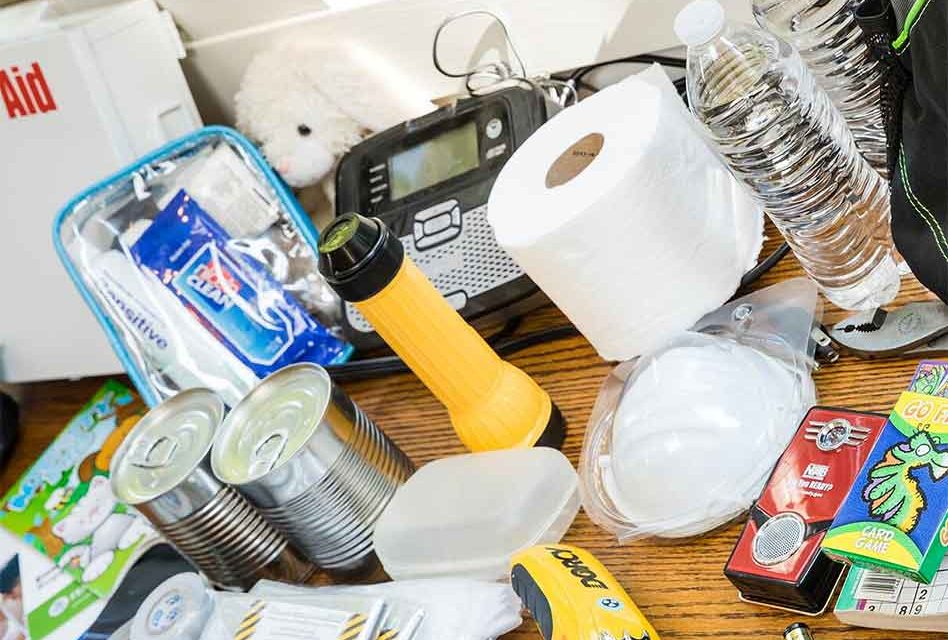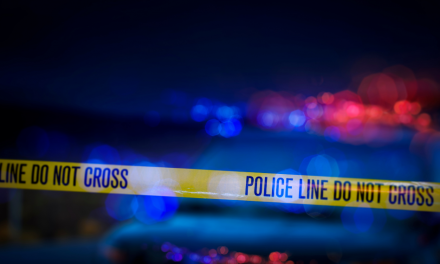It’s the second week of National Preparedness Month, and in Florida we’re in the peak of hurricane season, so it’s definitely time to build a disaster kit.
After a disaster, local officials and relief workers will be on the scene, but they cannot reach everyone immediately. Help may arrive in hours, or it might take a few days. Basic services such as electricity, water, and telephones might be out of service.
Preparing for a disaster before it strikes will greatly increase your ability to help your family cope with an emergency or evacuation. Assembling the supplies now that you might need following a disaster is an important part of your Family Disaster Plan.
Disaster Supply Kit Basics:
Store your kit in a convenient place known to all family members. Keep the items in an easy-to-carry backpack or duffel bag. Kit basics are items that you might need if you should have to evacuate quickly, such as in a flash flood or major chemical emergency.
- Portable, battery-powered radio or television with extra batteries.
- Flashlight and extra batteries.
- First aid kit and first aid manual.
- Supply of prescription medicines.
- Credit card and cash.
- Personal identification.
- xtra set of car keys.
- Matches in a waterproof container.
- Signal Flare.
- Map of the area and Family Disaster Plan.
- Special items for infants, elderly or disabled persons.
Additional Emergency Supplies
Since Spring of 2020, the CDC has recommended people include additional items in their kits to help prevent the spread of coronavirus or other viruses and the flu.
Consider adding the following items to your emergency supply kit based on your individual needs:
- Cloth face coverings (for everyone ages 2 and above), soap, hand sanitizer, disinfecting wipes to disinfect surfaces
- Prescription medications
- Non-prescription medications such as pain relievers, anti-diarrhea medication, antacids or laxatives
- Prescription eyeglasses and contact lens solution
- Infant formula, bottles, diapers, wipes and diaper rash cream
- Pet food and extra water for your pet
- Cash or traveler’s checks
- Important family documents such as copies of insurance policies, identification and bank account records saved electronically or in a waterproof, portable container
- Sleeping bag or warm blanket for each person
- Complete change of clothing appropriate for your climate and sturdy shoes
- Fire extinguisher
- Matches in a waterproof container
- Mess kits, paper cups, plates, paper towels and plastic utensils
- Paper and pencil
- Books, games, puzzles or other activities for children
More Disaster Kit Resources:




















